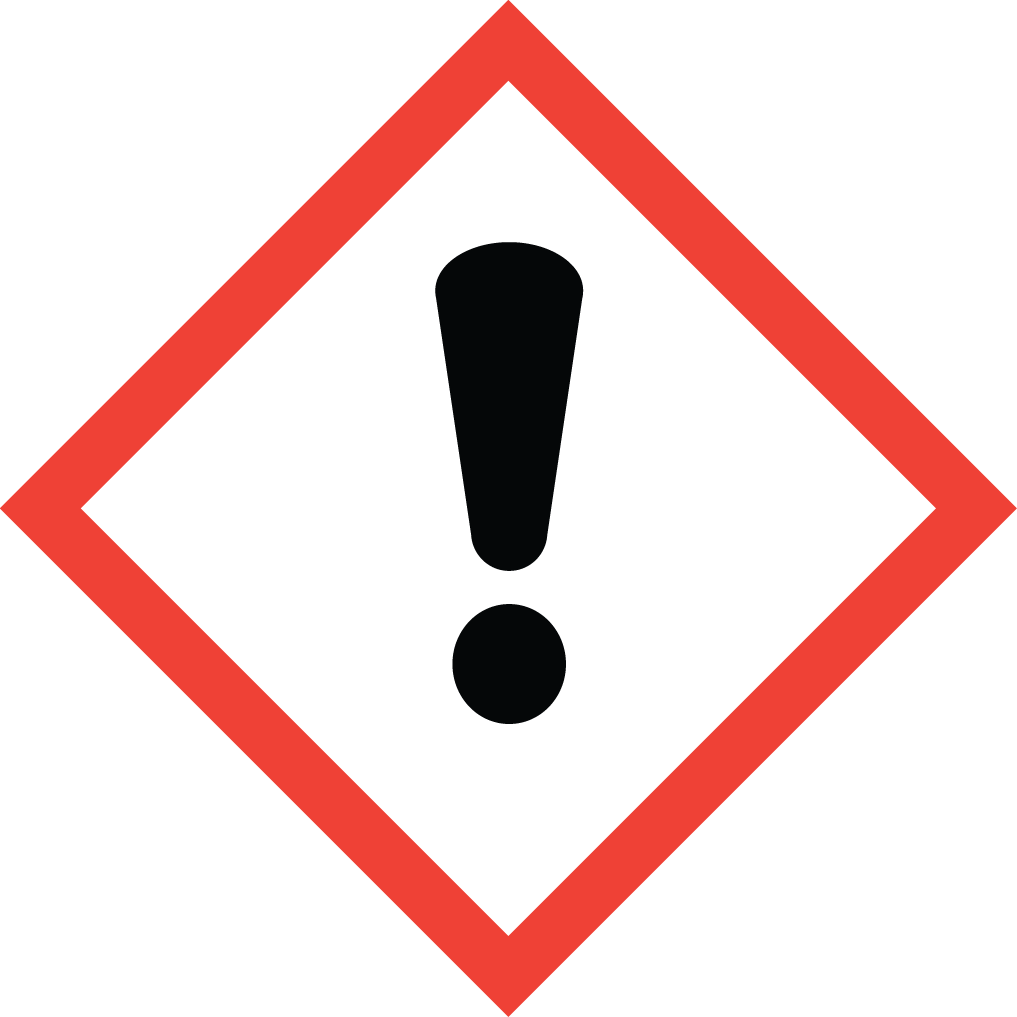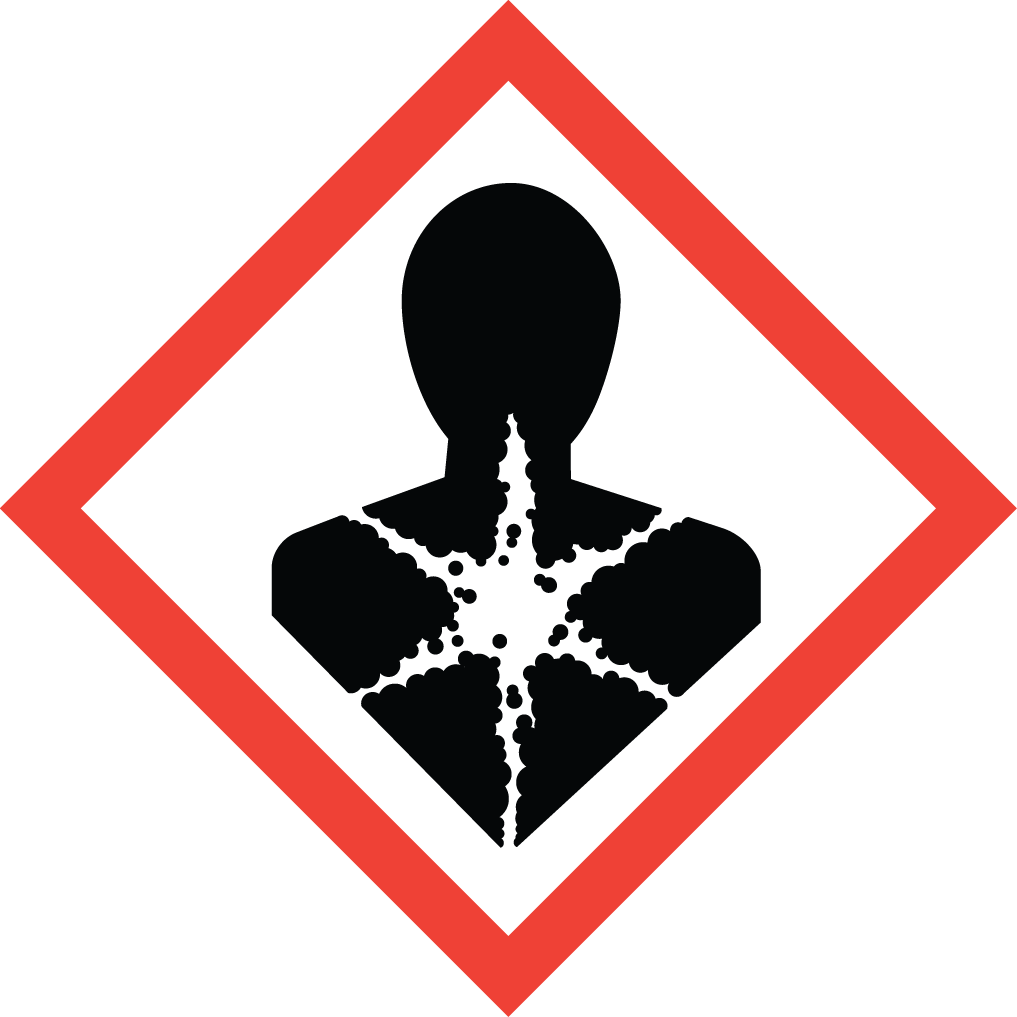Instant Patching Cement |
Danger
2022-02-21
Hazard Statements
H350 - May cause cancer H318 - Causes serious eye damage H317 - May cause an allergic skin reaction H372 - Causes damage to organs through prolonged or repeated exposure.
Precautionary Statements
P101 - If medical advice is needed, have product container or label at hand. P102 - Keep out of reach of children. P103 - Read label before use
Manufacturer information
Name
TCC Materials
Phone
651-688-9116
Address
2025 Centre Pointe Blvd
Mendota Heights, MN 55120
PICTOGRAMS



HMIS
| HEALTH |
|
| FLAMMABILITY |
|
| PHYSICAL HAZARD |
|
| PERSONAL PROTECTION |
Eye protection Wear Dust-proof goggles with side shields Skin Protection Gloves must be inspected prior to use. Use proper glove removal technique (without touching glove's outer surface) to avoid skin contact with this product. Use of chemical resistant gloves classified under Standard EN374: Protective gloves against chemicals and microorganisms. Examples of preferred glove barrier materials include: Butyl rubber, Polyethylene, Chlorinated polyethylene, Ethyl vinyl alcohol laminate ("EVAL"). Examples of acceptable glove barrier materials include: Viton, Neoprene, Polyvinyl chloride ("PVC" or "vinyl"), Nitrile/butadiene rubber ("nitrile" or "NBR"). Full contact Material: butyl-rubber Minimum layer thickness: 0.3 mm Break through time: 480 min Material tested: Butoject® (KCL 897 / Aldrich Z677647, Size M). Splash contact Material: Nitrile rubber Minimum layer thickness: 0.4 mm Break through time: 30 min Material tested:Camatril® (KCL 730 / Aldrich Z677442, Size M). Suitability and durability of a glove is dependent on usage, e.g. frequency and duration of contact, chemical resistance of glove material, glove thickness, dexterity. When prolonged or frequently repeated contact may occur, a glove with a protection class of 5 or higher (breakthrough time greater than 240 minutes according to EN 374) is recommended. When only brief contact is expected, a glove with a protection class of 3 or higher (breakthrough time greater than 60 minutes according to EN 374) is recommended. It should be noted that the time to breakthrough for any glove material may be different for different glove manufacturers. Use of gloves approved to relevant standards made from the following materials may provide suitable chemical protection: PVC, neoprene or nitrile rubber gloves. Suitability and durability of a glove is dependent on usage, e.g. frequency and duration of contact, chemical resistance of glove material, glove thickness, dexterity. Always seek advice from glove suppliers. Contaminated gloves should be replaced. Use of an apron and over-boots of chemically impervious materials such as neoprene or nitrile rubber. Launder soiled clothes or properly disposed of contaminated material, which cannot be decontaminated. Respiratory protection If engineering controls do not maintain airborne concentrations to a level which is adequate to protect worker, a respiratory protection program that meets or is equivalent to OSHA 29 CFR 1910.134 should be followed. |
Northern Michigan University
Local data
SKU #
*This local data is shared by all revisions


